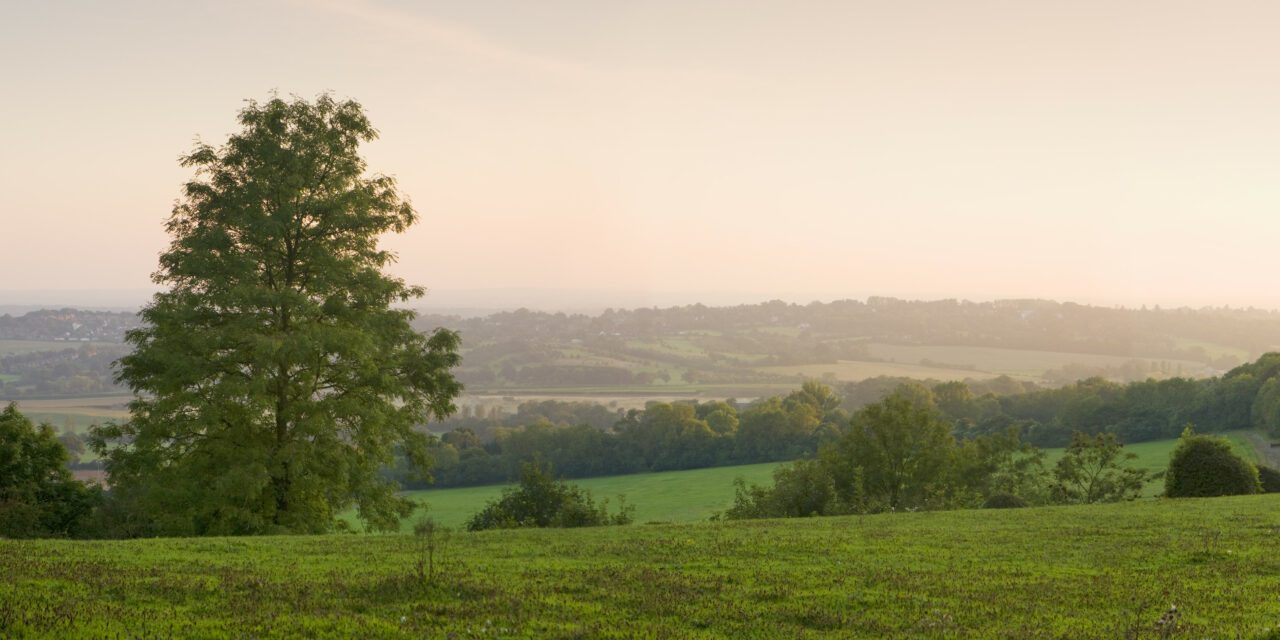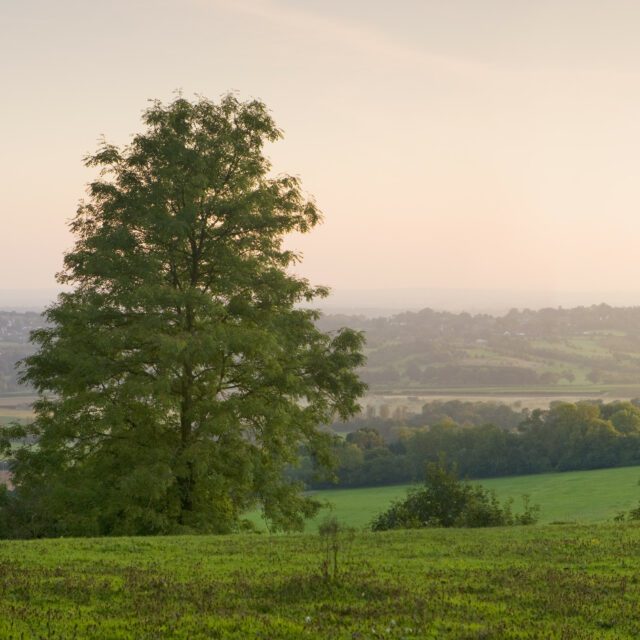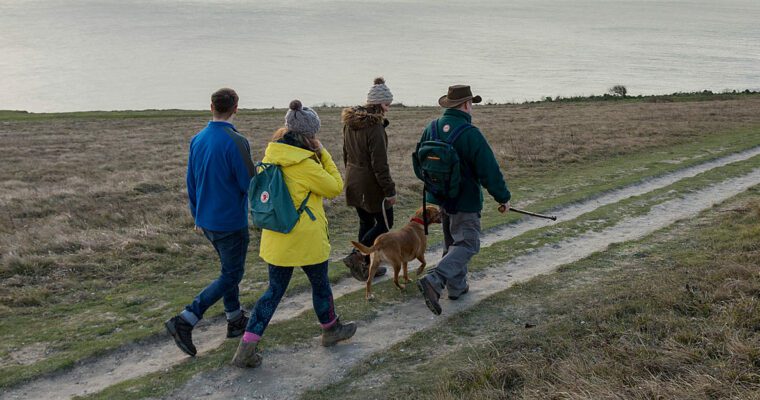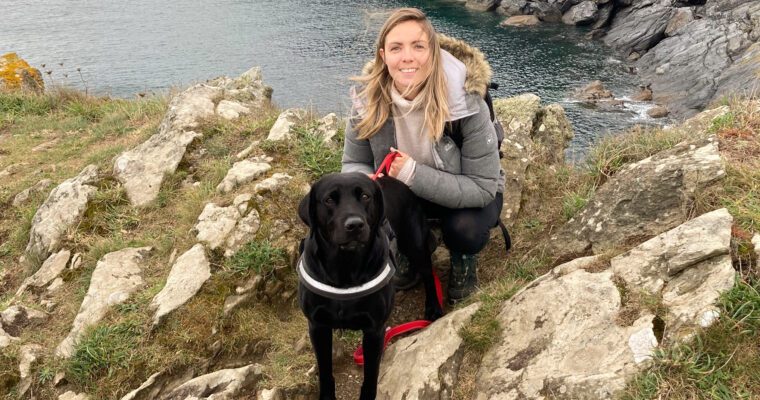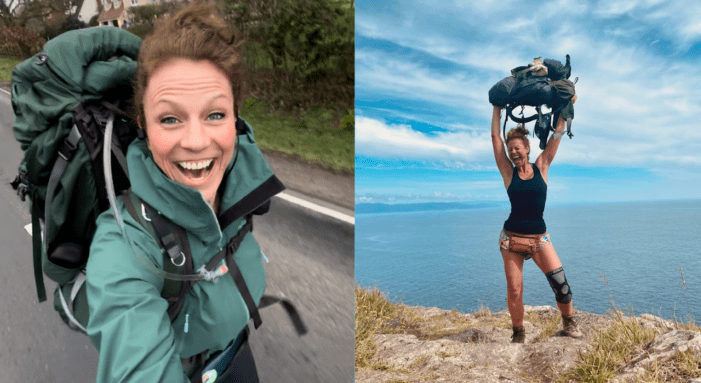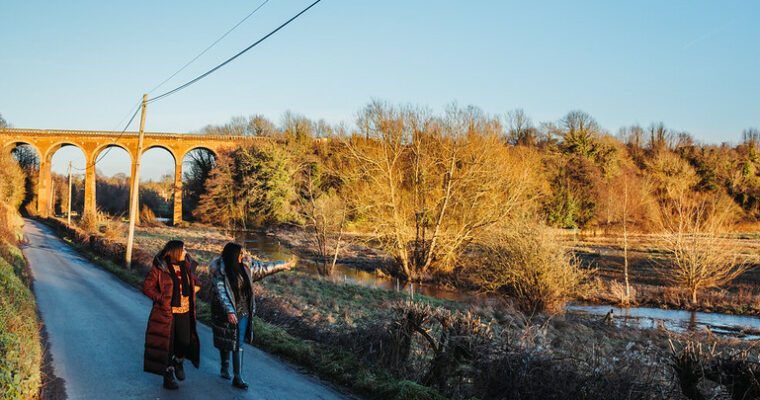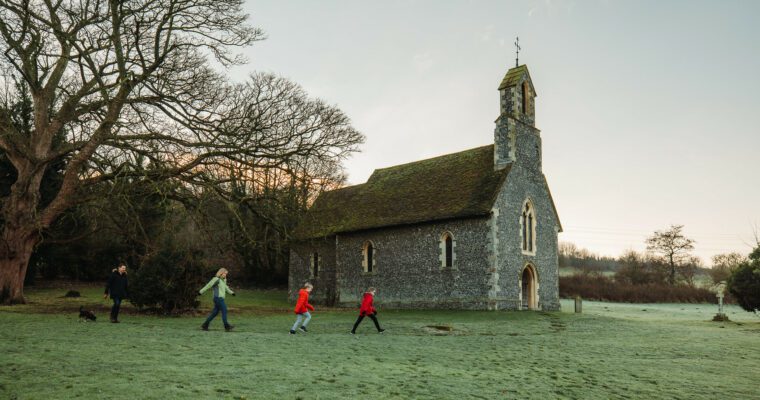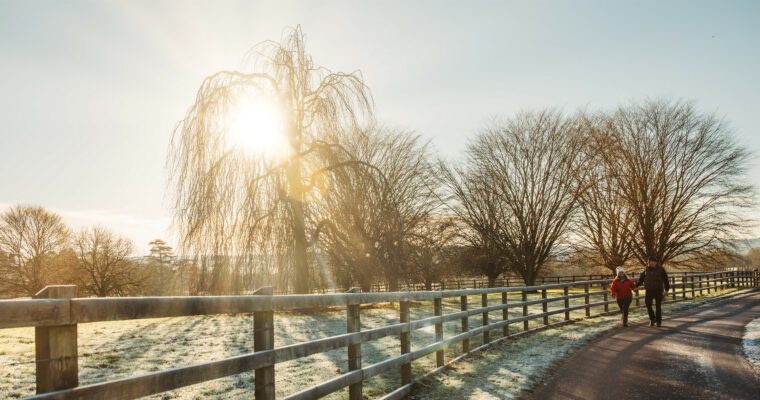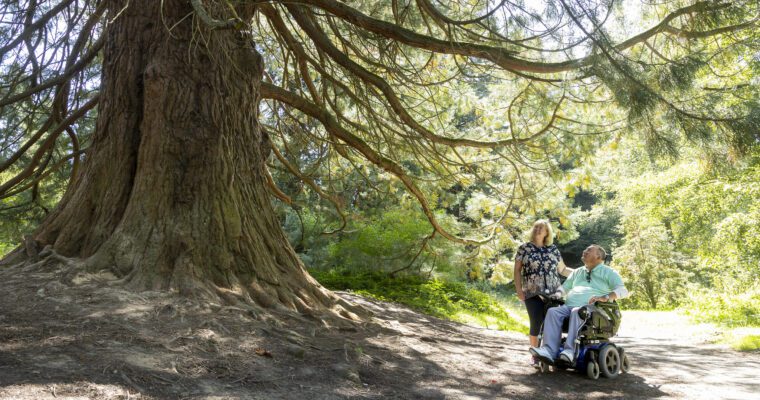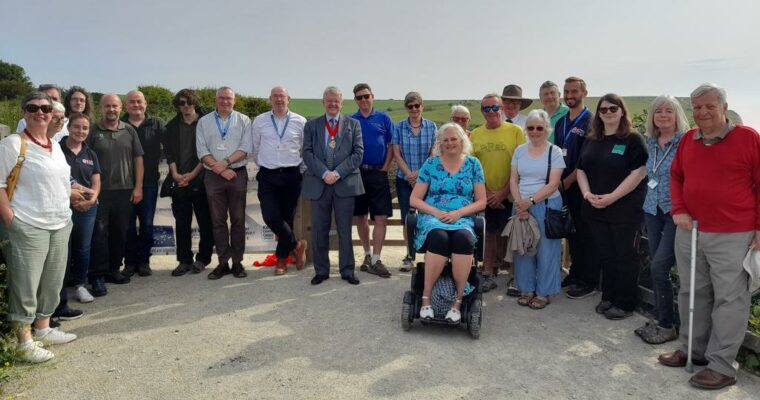The Countryside Code
What is the Countryside Code?
The Countryside Code is a set of guidelines to ensure we can all enjoy the countryside to its full potential. The Countryside Code in England is managed by Natural England, through the Project Engagement Team. This team engages with some of England’s biggest outdoor assets, ranging from the Countryside Code to the King Charles III England Coast Path, the longest National Trail in the UK.
Introducing Shaun the Sheep, Natural England’s Countryside Code Champion. Check out his expert advice on how to Respect, Protect, and Enjoy the great outdoors.
The Countryside Code
No Littering – keep the countryside in sheep shape:
Remember to always carry a bag with you and take all your rubbish and leftover food back home. If you come across a public bin, make use of it. Litter not only ruins the stunning landscapes but also poses a real threat to wildlife and farm animals. Let’s be responsible and help protect them. Keep in mind that dropping litter is not just detrimental to our environment, it’s also against the law.
Be considerate towards those living, working, and enjoying the countryside:
It’s important to cooperate with the people working in rural areas. Follow the farmer’s guidance when animals are being moved or gathered. Remember, when you come across gates or property, leave them as you found them or follow any instructions on signs. We should also refrain from interfering with farm machinery, horses, or livestock. In case of any concerns about distressed farm animals, it’s best to notify the farmer promptly.
Check your route and local conditions:
Always know where you’re going and have up to date maps. Local information centres are also helpful in giving you ideas and guidance. Plan your adventure and know what to expect:
Always inform someone about your plans, including your destination and estimated return time. Rural areas can be quiet, and phone signals may not be reliable. Remember that you’re responsible for your own safety and the safety of others under your care. Pack suitable clothing and equipment to be prepared for any natural hazards or weather changes. Stay flexible and be ready to adjust your plans if certain areas are busy.
Keep dogs under control and in sight:
Whether you’re exploring the countryside, parks, or the coast, it’s important to consider other users and wildlife. Ensure your dog remains under control to avoid any encounters with wildlife, livestock, horses, or people, unless invited. Here’s what you should do:
Always keep your dog on a lead or in your line of sight. Be confident that your dog will come back to you when commanded. Make sure your dog stays on the designated path or within the areas where you have permission to be. Remember to check local signs, as there might be specific times of the year when dogs must be on a lead. No matter where you are, it’s always considered good practice to keep your dog on a lead around livestock.
Follow local signs and give livestock plenty of space:
Use maps and local signs to guide you through the countryside. Stick to marked paths to protect crops and wildlife. Identify the signs and symbols that highlight different routes.
Instead of climbing over boundaries, take advantage of gates, stiles, or gaps in field boundaries. This helps avoid causing damage and keep livestock safe. Remember to reduce speed or even come to a halt when driving or biking near horses, pedestrians, or livestock. It’s important to give them plenty of space and show courtesy.
Leave gates as you find them:
When you come across a gate, please leave it just as you found it or follow any instructions posted on signs. If you’re exploring with a group, ensure that the last person knows how to properly close or open the gates.
It’s essential for farmers to secure gates to keep their animals safe or to grant them access to food and water resources. Let’s all play our part in being considerate and responsible visitors.
Parks and waterways, coast and countryside:
Before heading out, make sure to check the weather forecasts. Conditions can swiftly change along the coast.
To avoid getting stranded by rising tides, look up tide times before you leave. Remember, tidal change affects not only the sea but also some rivers. Be cautious when walking on slippery rocks or seaweed.
If you plan on paddling, swimming, or simply enjoying the water, check the Environment Agency website for water quality and current conditions.
Caring for nature:
We all hold the responsibility of protecting our countryside and open spaces for both current and future generations. Remember to leave rocks, stones, plants, and trees exactly as you found them, and be mindful not to disturb the wildlife, including ground-nesting birds. When exploring, please avoid disturbing ruins or historic sites and make sure to take your litter back home with you or use public bins along your route.
Walking Your Dog Safely in the Countryside
Find out more guidance on how to walk your dog safely in the countryside, find advice from experts and find dog friendly routes in Kent.
Read our dog safety in the countryside guide
To read the shortened version of the Countryside Code, click this link to be directed to the Government website.
To read the longer Countryside Code guidance, visit the Government website using this link.
Reporting Tools
Public Rights Of Way Map
One of the best ways to explore and enjoy Public Rights of Way near you to find new routes is to check out the map over on the KCC website. The map allows you to search by town, postcode and then by footpath, bridleways, restricted byways, byways and promoted routes to take. You’ll be amazed at what you might find, new routes you may discover and unearth just how vast and well developed our network is here in Kent.
Looking at a new path upgrade on our social media? Use the Public Rights of Way Map below, click on search by path code and type in the code mentioned on our social media post. It’s that easy!
Report A Problem On A Public Right Of Way
You can report non-urgent issues along any pathway online including:
- broken stiles
- overgrown vegetation or fallen trees
- damaged or dangerous path surfaces
- damaged or missing signposts.
Please submit a separate report for each individual problem. This helps officers to identify and inspect the correct location and update you on progress more accurately.


